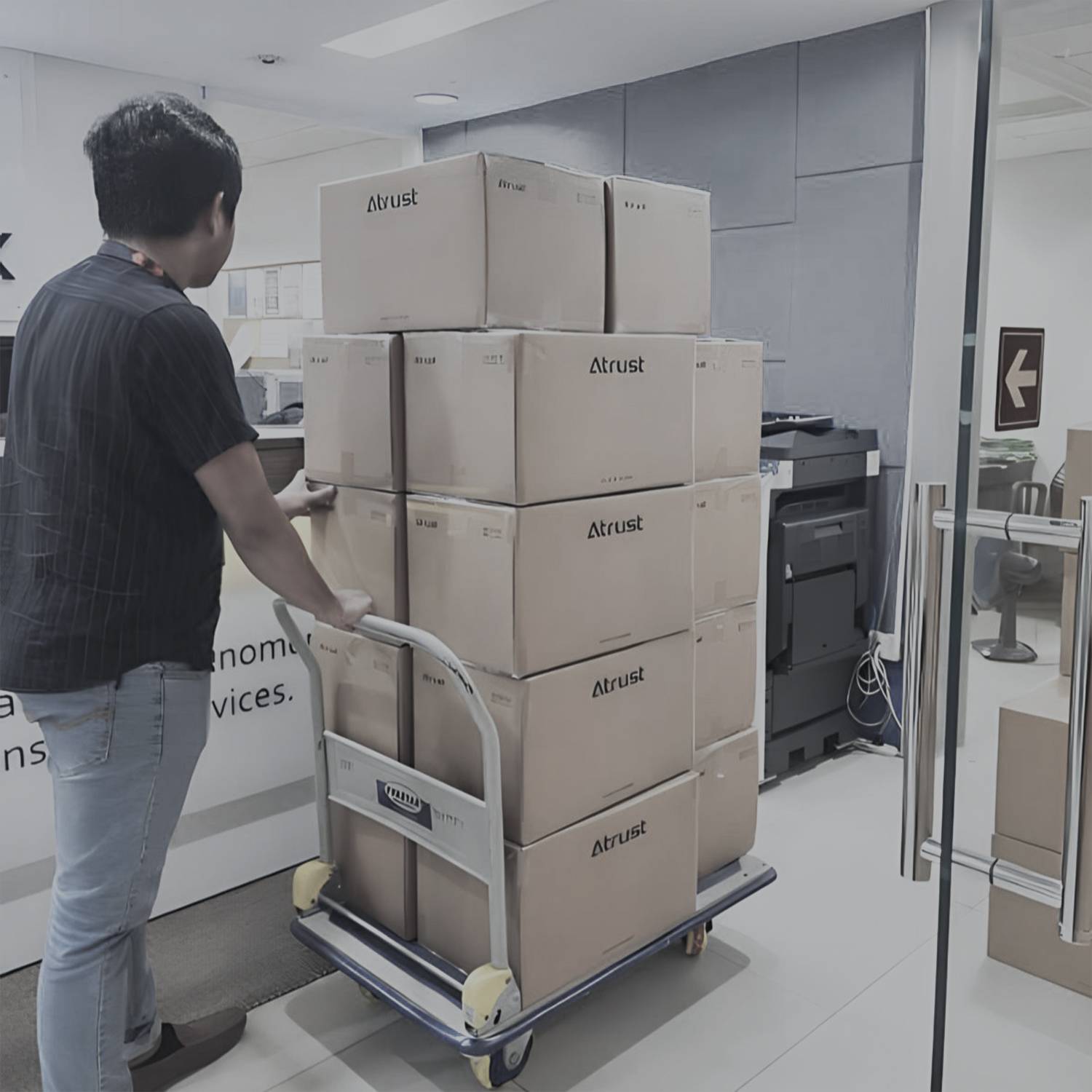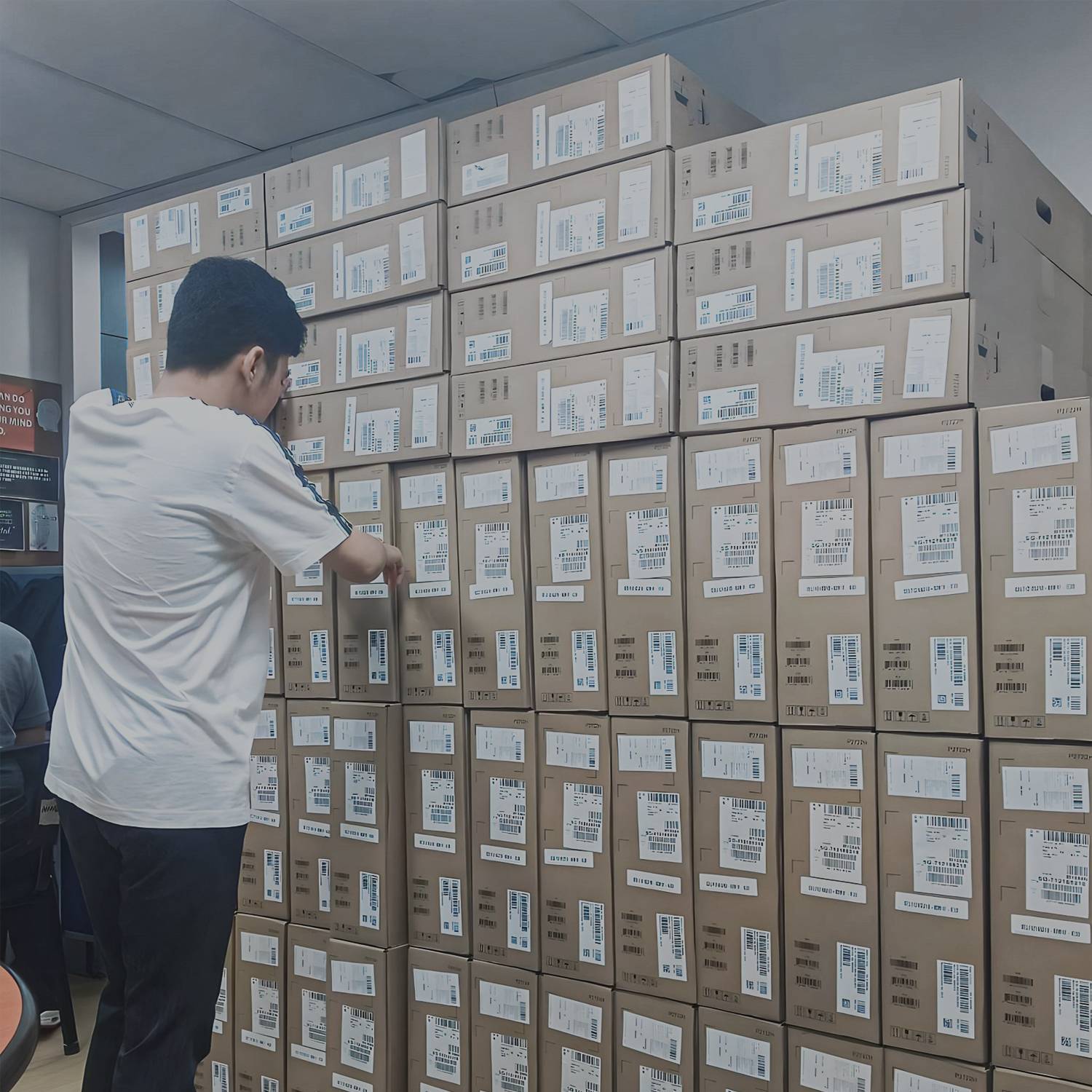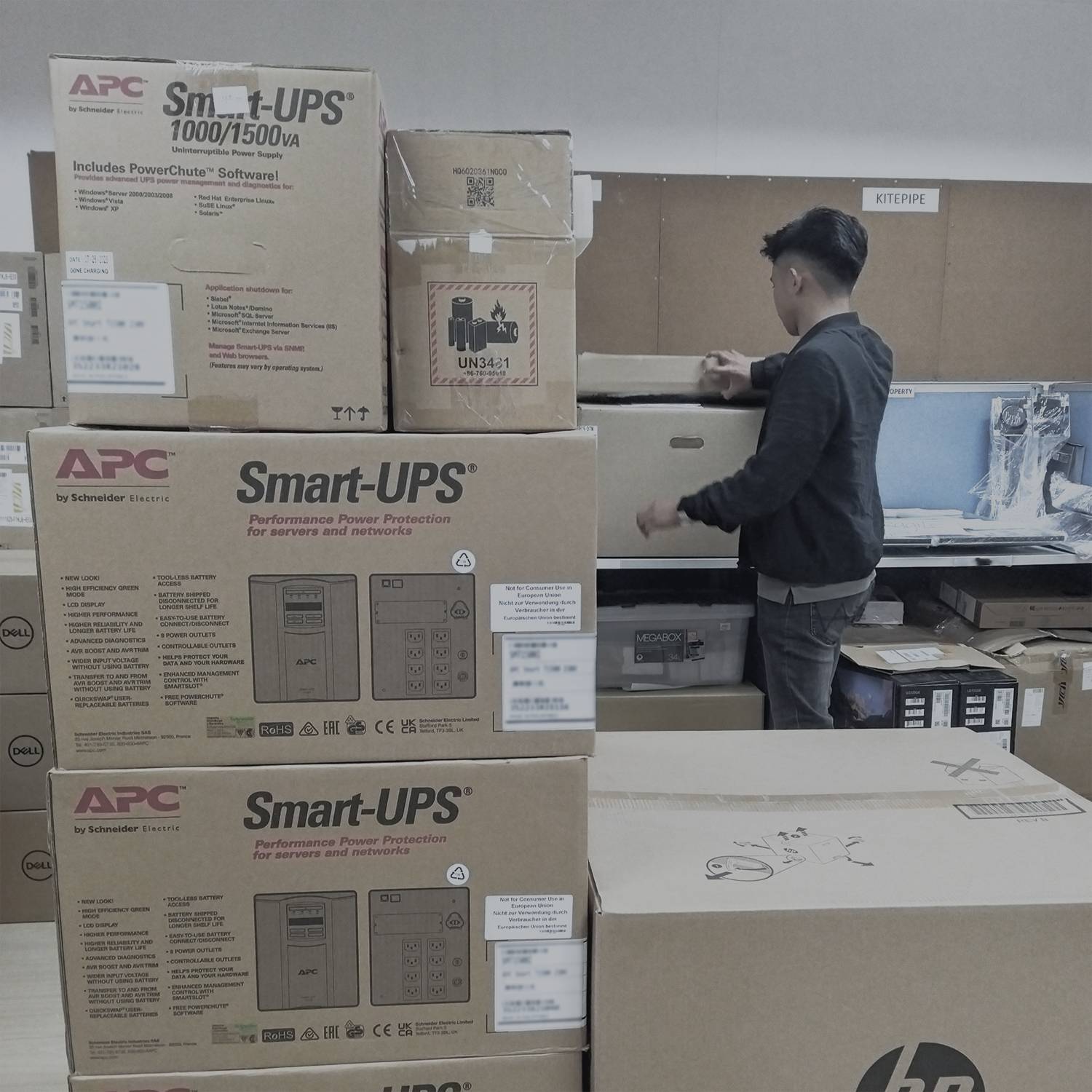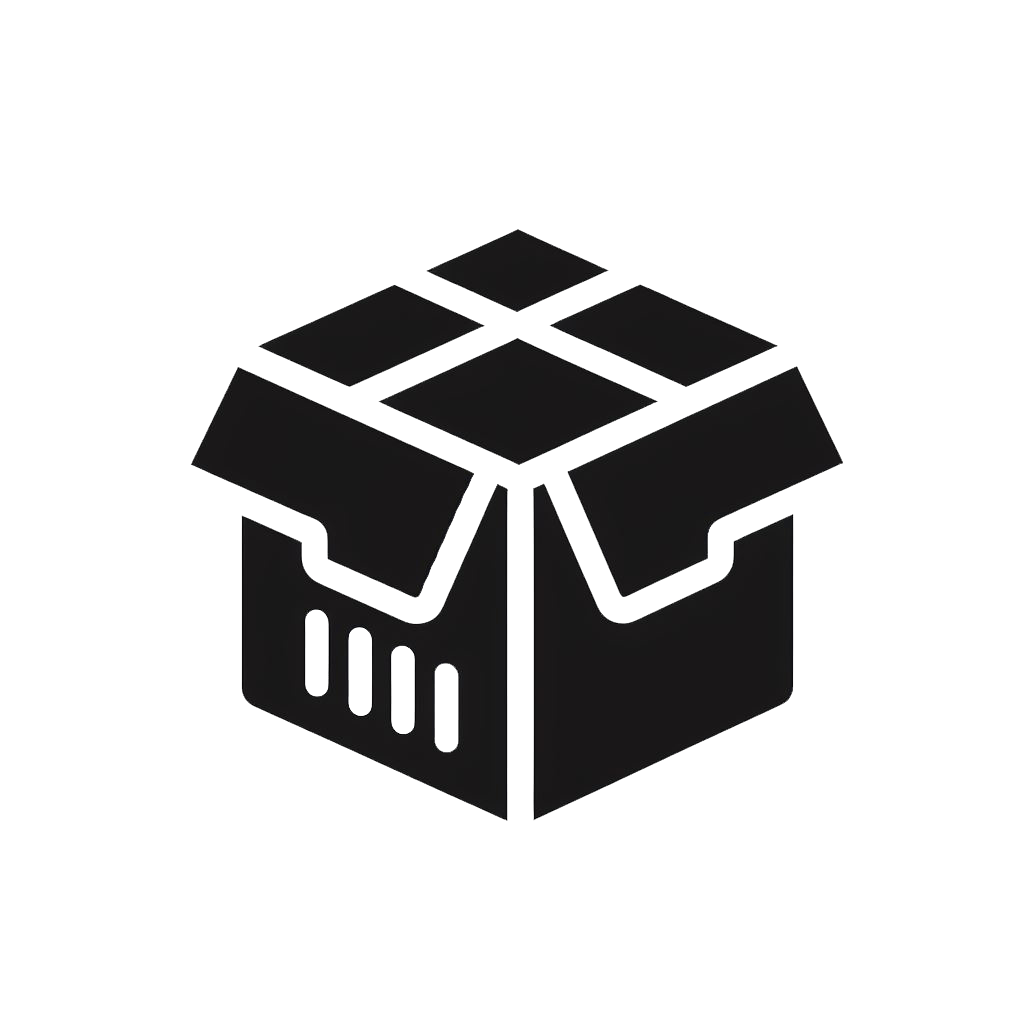As time passes, so does technology. Nowadays, businesses are constantly seeking innovative solutions to streamline operations, increase productivity, and enable more flexible working arrangements. Recently, thin clients have emerged as a versatile and efficient option, providing employees with access to various resources through several methods. These solutions not only cater to the modern workforce but also offer cost-effective, secure, and highly manageable alternatives for organizations of all sizes.
Thin clients facilitate employee access to resources through various means, including:
1. Virtual Desktop Infrastructure (VDI):
Virtual Desktop Infrastructure (VDI) is a groundbreaking technology that enables thin clients to connect to a virtual desktop environment hosted on a centralized server. This empowers employees to access their applications and data from virtually anywhere, as long as they have an active network connection. The versatility of VDI makes it a preferred choice for businesses aiming to offer flexibility and mobility to their workforce.
2. Citrix Virtual Apps and Desktops:
Citrix Virtual Apps and Desktops are another renowned VDI solution. It extends the capabilities of thin clients by providing access to both virtual applications and virtual desktops. This versatile approach caters to a broader range of organizational needs, enhancing the user experience while maintaining control and security.
3. Remote Desktop Services (RDS):
Microsoft’s Remote Desktop Services (RDS) technology allows thin clients to connect to remote desktops hosted on Windows servers. RDS proves particularly beneficial for businesses already invested in Windows server environments, offering a seamless way to provide access to various resources.
4. Cloud-Based Applications:
Thin clients are also perfectly suited to accessing cloud-based applications such as Google Workspace and Microsoft 365. This method allows employees to access essential applications without the need for local software installations. It significantly simplifies maintenance and ensures that staff can work from anywhere, fostering greater mobility and flexibility.
Moreover, thin clients aren’t limited to just these methods. They can also serve as gateways to other essential resources, including network printers and shared file drives. Here are some real-world examples of how thin clients can empower employees by providing access to crucial resources:
1. Call Center Efficiency:
A call center can utilize thin clients to create a virtual desktop environment that contains Customer Relationship Management (CRM) software and other essential tools. Agents can access this environment from their workstations or remotely, ensuring they have the tools needed to handle customer inquiries efficiently.
2. Streamlined Healthcare:
In a hospital setting, thin clients can be employed to grant nurses and doctors quick and secure access to patient records and other vital medical information. Whether in the emergency room, on the ward, or in the doctor’s office, thin clients facilitate immediate access to crucial patient data.
3. Education Reinvented:
Educational institutions can harness thin clients to provide students with access to a wide range of educational software and resources. Whether in the classroom or from the comfort of their homes, students can enjoy a consistent, accessible learning experience.
4. Retail Operations:
Retail stores can optimize their operations by using thin clients to provide cashiers with access to point-of-sale (POS) systems and other inventory management tools. This not only streamlines the checkout process but also ensures real-time inventory tracking and management.
In conclusion, thin clients have proven to be invaluable tools in providing employees with access to a diverse range of resources. They offer enhanced flexibility, security, and cost-efficiency, making them a preferred choice for organizations across various industries. By integrating thin clients into their infrastructure, businesses can ensure that their workforce remains productive and agile, even in the continuous evolution of technology nowadays.
Back to list










